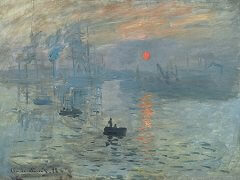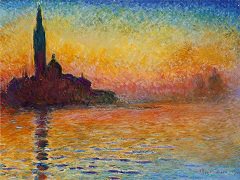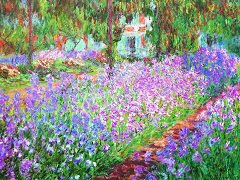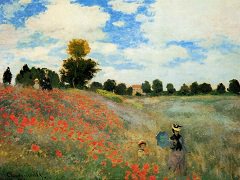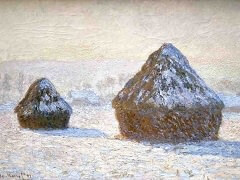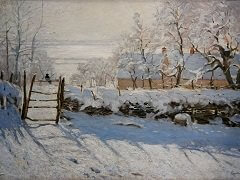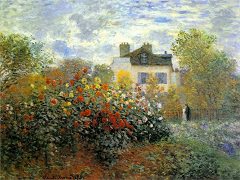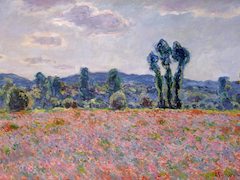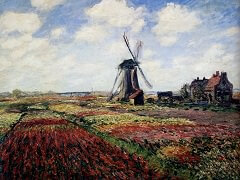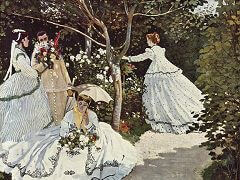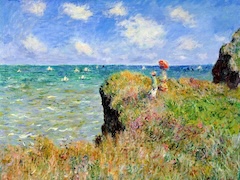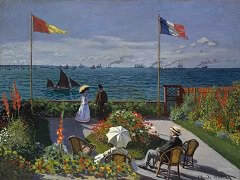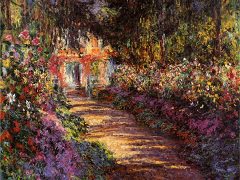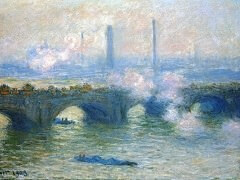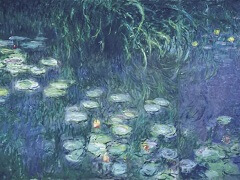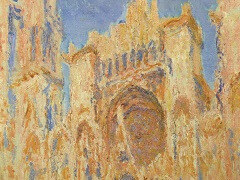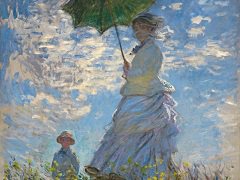Luncheon on the Grass (Le Déjeuner sur l'herbe), 1866-67 - by Claude Monet
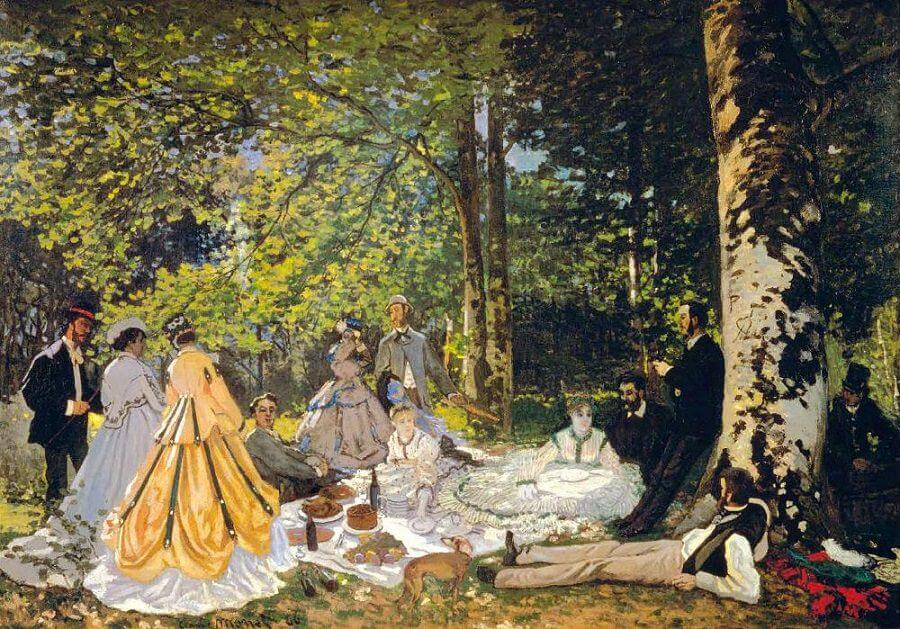
The Luncheon on the Grass by Edouard Manet was a monumental impressionist works that broke away from the classical view that art should obey established conventions and seek to achieve timelessness. Manet's work was exhibited at the Salon des Refuses in 1863 and caused outrage with its scandalous subject of a naked woman lunching with two clothed men. Two years later Monet decided to paint his own version of Luncheon on the Grass.
Two fragments of the work are now housed in the Musee d'Orsay. In 1920, Monet explained how he had needed to pay his rent and he gave the original work to his landlord as surety in the late 1880s. When the artist had enough money to buy back his painting, the time it had spent rolled up in the cellar meant that it was suffering from the mold. He cut the piece up in 1884 and kept three fragments. The whereabouts of the third fragment are unknown.
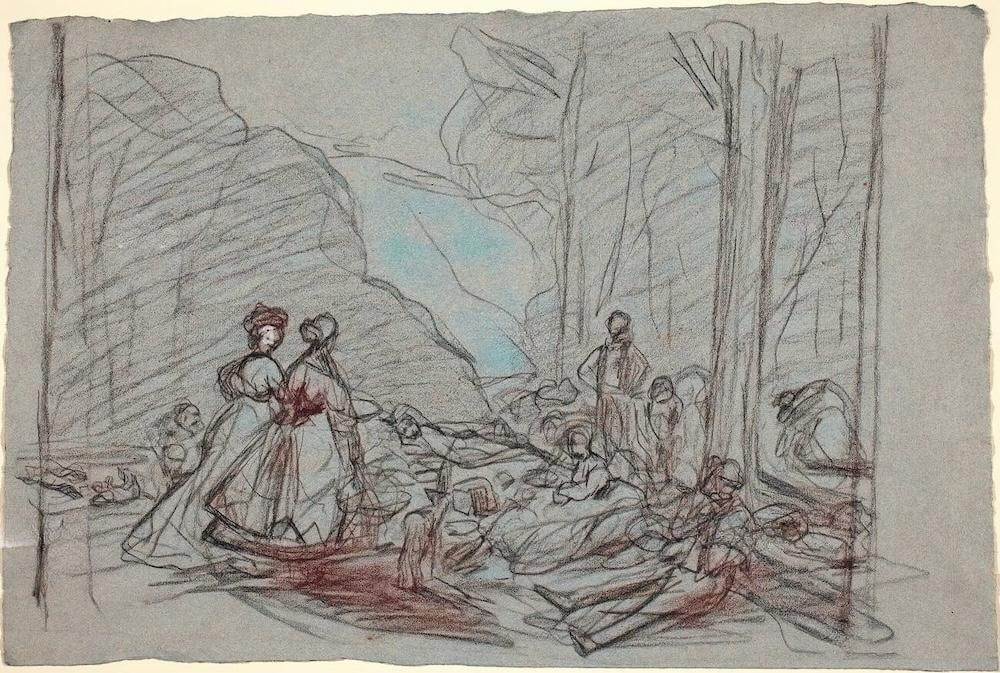
Monet's motive in such direct reference is questionable and, while he undoubtedly conceived the painting in part as an homage to Manet, it was also a clear attempt to distance himself from the older artist (Monet's name had been mistaken for Manet's at the Salon of 1865, causing great affront to the letter).

